Related Research Articles
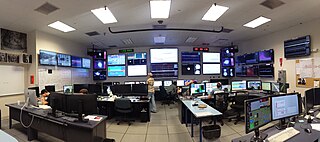
The Laser Interferometer Gravitational-Wave Observatory (LIGO) is a large-scale physics experiment and observatory designed to detect cosmic gravitational waves and to develop gravitational-wave observations as an astronomical tool. Two large observatories were built in the United States with the aim of detecting gravitational waves by laser interferometry. These observatories use mirrors spaced four kilometers apart which are capable of detecting a change of less than one ten-thousandth the charge diameter of a proton.
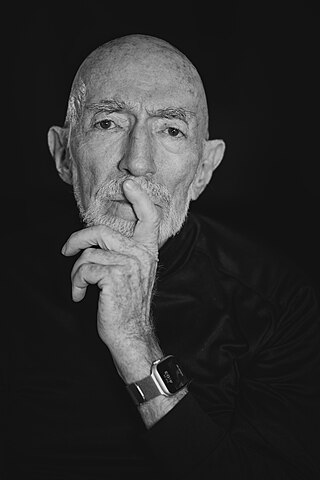
Kip Stephen Thorne is an American theoretical physicist known for his contributions in gravitational physics and astrophysics.

Saul Arno Teukolsky is a theoretical astrophysicist and a professor of Physics and Astronomy at Caltech and Cornell University. His major research interests include general relativity, relativistic astrophysics, and computational astrophysics.

The Max Planck Institute for Gravitational Physics is a Max Planck Institute whose research is aimed at investigating Einstein's theory of relativity and beyond: Mathematics, quantum gravity, astrophysical relativity, and gravitational-wave astronomy. The institute was founded in 1995 and is located in the Potsdam Science Park in Golm, Potsdam and in Hannover where it closely collaborates with the Leibniz University Hannover. Both the Potsdam and the Hannover parts of the institute are organized in three research departments and host a number of independent research groups.

Robert M. Wald is an American theoretical physicist and professor at the University of Chicago. He studies general relativity, black holes, and quantum gravity and has written textbooks on these subjects.
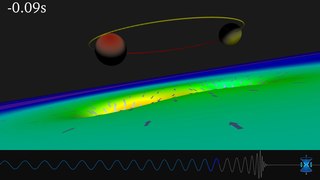
Gravitational waves are waves of the intensity of gravity that are generated by the accelerated masses of binary stars and other motions of gravitating masses, and propagate as waves outward from their source at the speed of light. They were first proposed by Oliver Heaviside in 1893 and then later by Henri Poincaré in 1905 as the gravitational equivalent of electromagnetic waves.
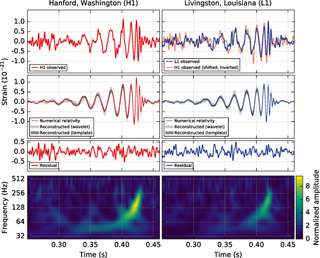
Gravitational-wave astronomy is an emerging field of science, concerning the observations of gravitational waves to collect relatively unique data and make inferences about objects such as neutron stars and black holes, events such as supernovae, and processes including those of the early universe shortly after the Big Bang.

Alessandra Buonanno is an Italian naturalized-American theoretical physicist and director at the Max Planck Institute for Gravitational Physics in Potsdam. She is the head of the "Astrophysical and Cosmological Relativity" department. She holds a research professorship at the University of Maryland, College Park, and honorary professorships at the Humboldt University in Berlin, and the University of Potsdam. She is a leading member of the LIGO Scientific Collaboration, which observed gravitational waves from a binary black-hole merger in 2015.
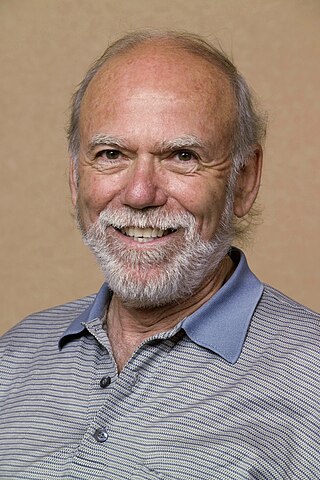
Barry Clark Barish is an American experimental physicist and Nobel Laureate. He is a Linde Professor of Physics, emeritus at California Institute of Technology and a leading expert on gravitational waves.

The first direct observation of gravitational waves was made on 14 September 2015 and was announced by the LIGO and Virgo collaborations on 11 February 2016. Previously, gravitational waves had been inferred only indirectly, via their effect on the timing of pulsars in binary star systems. The waveform, detected by both LIGO observatories, matched the predictions of general relativity for a gravitational wave emanating from the inward spiral and merger of a pair of black holes of around 36 and 29 solar masses and the subsequent "ringdown" of the single resulting black hole. The signal was named GW150914. It was also the first observation of a binary black hole merger, demonstrating both the existence of binary stellar-mass black hole systems and the fact that such mergers could occur within the current age of the universe.

Vassiliki Kalogera is a Greek astrophysicist. She is a professor at Northwestern University and the Director of the Center for Interdisciplinary Exploration and Research in Astrophysics (CIERA). She is a leading member of the LIGO Collaboration that observed gravitational waves in 2015.
David Ernest McClelland is an Australian physicist, with his research focused on the development of the manipulation and control of optical quantum states, and its implementation into gravitational wave observatories. He is a Fellow of the Australian Academy of Science, the American Physical Society and the Optical Society of America. Since 2001, he has been a professor at the Australian National University (ANU) in the Research School of Physics and Engineering, in Canberra (Australia). He is Director of the ANU's Centre for Gravitational Astrophysics and Deputy Director of OzGrav - the Australian Research Council Centre of Excellence in Gravitational Wave Discovery.
Stuart Louis Shapiro is an American theoretical astrophysicist, who works on numerical relativity with applications in astrophysics, specialising in compact objects such as neutron stars and black holes.
Samaya Michiko Nissanke is an astrophysicist, associate professor in gravitational wave and multi-messenger astrophysics and the spokesperson for the GRAPPA Centre for Excellence in Gravitation and Astroparticle Physics at the University of Amsterdam. She works on gravitational-wave astrophysics and has played a founding role in the emerging field of multi-messenger astronomy. She played a leading role in the discovery paper of the first binary neutron star merger, GW170817, seen in gravitational waves and electromagnetic radiation.
Norna Robertson is a lead scientist at LIGO at California Institute of Technology, and professor of experimental physics at the University of Glasgow. Her career has focused on experimental research into suspension systems and instrumentation to achieve the detection of gravitational waves.

GW 190814 was a gravitational wave (GW) signal observed by the LIGO and Virgo detectors on 14 August 2019 at 21:10:39 UTC, and having a signal-to-noise ratio of 25 in the three-detector network. The signal was associated with the astronomical superevent S190814bv, located 790 million light years away, in location area 18.5 deg2 towards Cetus or Sculptor. No optical counterpart was discovered despite an extensive search of the probability region.
Beverly K. Berger is an American physicist known for her work on gravitational physics, especially gravitational waves, gravitons, and gravitational singularities. Alongside Berger's more serious physics research, she is also known for noticing that vibrational patterns caused by local ravens were interfering with observations at the Laser Interferometer Gravitational-Wave Observatory.
Jocelyn Samantha Read is a Canadian physicist and professor of physics at California State University, Fullerton, known for her research on gravitational waves and neutron stars. She is a member of the LIGO Scientific Collaboration, and is an author of research characterizing the gravitational waves caused by neutron star and black hole collisions, and using the measurements of those waves to provide observational verification of the equations of state of neutron stars.

Nicolás Yunes is an Argentinian theoretical physicist who is a professor at the University of Illinois Urbana-Champaign and the founding director of the Illinois Center for Advanced Studies of the Universe (ICASU). He is particularly interested in extreme gravity, gravitational waves, and compact binaries.

Rana X. Adhikari is an American experimental physicist. He is a professor of physics at the California Institute of Technology (Caltech) and an associate faculty member of the International Centre for Theoretical Sciences of Tata Institute of Fundamental Research (ICTS-TIFR).
References
- ↑ "Professor Susan Scott", People, ANU Research School of Physics, retrieved 2020-07-28
- ↑ "People", The Centre for Gravitational Astrophysics, ANU, retrieved 2020-08-09
- ↑ Crew, Bec (22 February 2018), "The ripple that caused a universal wave", Australia Unlimited
- ↑ Strickland, Ashley (24 August 2019), Black hole gobbles up neutron star, causing ripples in space and time, CNN
- ↑ "Susan Scott", LIGO member roster, retrieved 2020-07-28
- 1 2 "Professor Susan Scott FAA", Experts, Australian Academy of Science, 4 March 2016, retrieved 2020-07-28
- ↑ "Chief Investigators", ARC Centre of Excellence for Gravitational Wave Discovery (OzGrav), retrieved 2020-10-13
- ↑ APS Fellows Archive , retrieved 2020-10-09
- ↑ "The 2020 Dirac Medal in Theoretical Physics awarded to Prof. Susan Scott | The Centre for Gravitational Astrophysics". cga.anu.edu.au. Retrieved 2023-10-18.
- ↑ Weule, Genelle (28 October 2020), "Prime Minister's Prize for Science awarded to gravitational wave scientists", ABC News, Australian Broadcasting Corporation, retrieved 2020-10-29
- ↑ "Walter Burfitt Prize". The Royal Society of NSW. Retrieved 2022-12-08.
- ↑ "Susan Scott wins Australian Institute of Physics Medal". Australian National University. 29 November 2022. Retrieved 2023-11-05.
- ↑ "Decoding dragons and devils, what triggers volcanoes, and more: Australia's stars of science". Australian Academy of Science. 14 March 2023. Retrieved 2023-03-14.